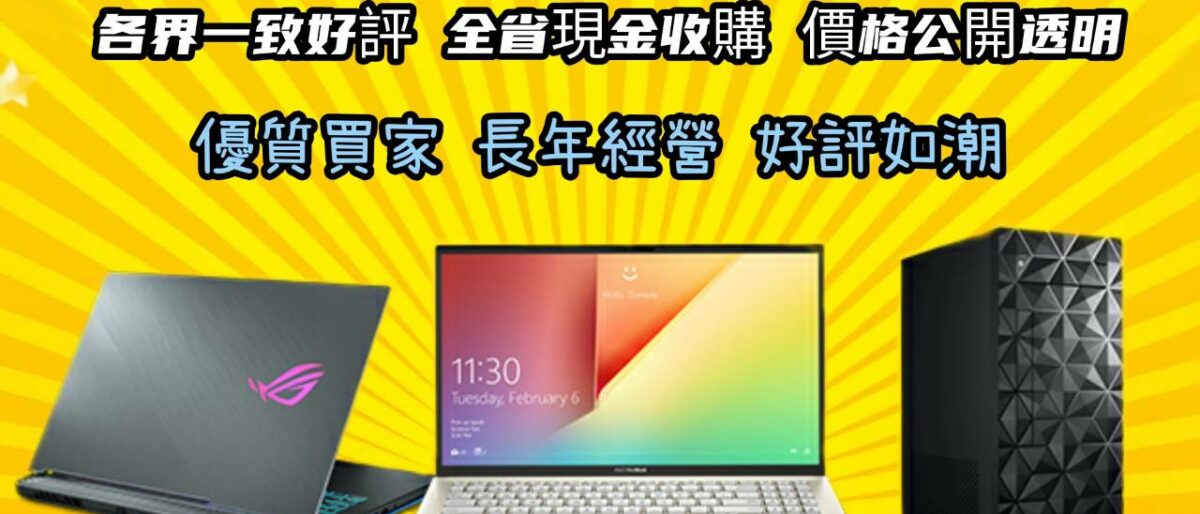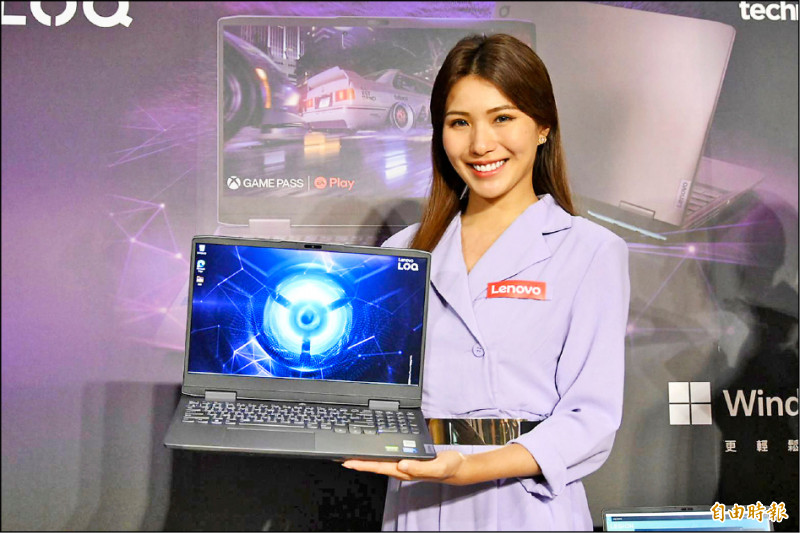各款式 筆電收購 ASUS筆電師收購 ROG電競筆電收購 收購ACER筆電 收購Msi電競筆電 收購微軟SUR 看全文

我們專業經營各項3C高價回收,收購電競筆電,文書筆電,輕薄筆 電,MSI,ASUS,ACER,HP,Razer,GIGABYBE,Microsoft,,多通路多管道,非坊間垃圾回收價,價格不怕您比較,歡迎企業戶汰舊換新,續約販賣,分期換現,電競筆電, 二手汰舊,手機,筆電,相機,鏡頭,空拍機
二手筆電收購
eam Deck (running the Linux-based SteamOS), most gaming handhelds in this space run Windows. And Windows just isn’t pleasant to operate on handheld, touchscreen devices that use controller-style inputs instead of a keyboard and mouse.二手筆電收購lenovo has done a better job than Asus at smoothing some of the software problems. The two attached controllers each have a button that act as shortcuts to the Legion Space app—which lets you launch games and open third-party game stores or adjust quick settings.However, 二手筆電收購lenovo’s implementation is confusing. Bafflingly, the right button opens a menu on a different side of the screen (left, right, left, right) every time it’s pressed, alternating between the launcher and settings overlays. So if you open the settings menu, close it, and want to open it again, you have to press the button three times to open the launcher overlay, close it, and then open the settings overlay. It’s weird!Fortunately, the Legion Go has one advantage: a trackpad on the right controller. Similar to the touchpads on the Steam Deck, this lets you control a cursor using your thumb. It’s a godsend for clicking on tiny touch targets in the Windows interface or for navigating menus that don’t really work with controller inputs the way they should.You’ll have to use that trackpad a lot, too. Steam frequently seemed to launch in desktop mode rather than the controller-friendly Big Picture Mode. Other times, a game would kick me out to the Windows desktop. Once I found the settings overlay, changing some basic settings was simple enough, but no third-party app can completely fix the jank that comes from running Windows on a device like this.A Bold Take on ControlPhotograph: 二手筆電收購lenovoWindows is frustrating, but Legion Go’s hardware is impressive. Unlike the Steam Deck or Rog Ally, the controllers are detachable (like the Nintendo Switch!) and charge wirelessly while attached. The left controller has a control stick, a D-pad, a few menu buttons, a bumper and trigger along the top, and two extra programmable buttons on the rear.The right controller has some extra features. On top of the usual four gameplay buttons and a control stick, there’s the touchpad. There’s a typical right bumper and trigger, but also a third bumper along the flat right side. And then there are two more buttons, labeled M3 and Y3 along the back, that sit almost directly underneath my pinky. I often felt myself accidentally pressing them. Just under the right trigger, there’s a scrollwheel.The button layout is confusing but makes more sense once you try the FPS mode. The controllers are designed for larger hands than the Switch’s Joy-Cons but are still light enough to be comfortable to hold when playing detached.Refresh MeThis console has a gigantic IPS screen. 8.8 inches, 2,560 x 1,600 pixel resolution, and up to a 144-Hz refresh rate. It’s overkill but feels luxurious. The rear of the console also has a wide kickstand, similar to the one on the Switch OLED. It’s strong and sturdy and has a remarkably wide angle, so you can prop up the screen, play with detached controllers from a good distance, and still see everything without straining your eyes.Finally, I love that there are two USB-C ports, one on the top and one on the bottom. So whether you play in handheld mode or with the console propped up on a table, you can still plug in a charger. Nintendo should take notes.That FPS Mode, ThoThe most bizarre change the Legion Go offers is in what it calls FPS mode. With this control mode enabled, the left controller is held like normal and the right controller is placed in a small plastic disk (it magnetically attaches), positioning it like an upright joystick. But it behaves like a mouse. Slide it across the desk and your cursor/camera moves around like it would with a standard mouse.In this mode, all the baffling button positions I noted earlier suddenly make sense. The shoulder buttons are perfectly positioned for your trigger finger, the M3 and Y3 buttons that my pinky kept tapping by accident in handheld mode are directly under my thumb and are much easier to press individually. It’s something of a best-of-both-worlds option. In my left hand, I have a control stick instead of the more restrictive WASD keys, and in my right the precision of a mouse. It’s kind of genius.二手筆電收購lenovo Legion GoRating: 5/10$750 at Best Buy (1 TB)$700 at Walmart$700 at 二手筆電收購lenovo$700 at B&HIf you buy something using links in our stories, we may earn a commission. This helps support our journalism. Learn more. Please also consider subscribing to WIREDUnfortunately, it also clashes with decades of muscle memory. If I spend more time with it—and maybe remap some of the buttons—I could probably get good with this mode. But it will take work. FPS mode doesn’t magically fix the control/UI issues that come with this type of console, but it does offer a bold, possibly polarizing alternate take on how we could control games.Battery VampireNothing really matters if the battery life sucks. 二手筆電收購lenovo hasn’t solved that problem, either. But with a lot of fiddling, the Legion Go can attain better battery life than its competitors.The Legion Go packs a 49.2-watt-hour battery, which is roughly 25 percent larger than the battery in the Steam Deck or Rog Ally. The settings overlay has a few simplified options to adjust performance, including a thermal power control, a toggle to switch the OS power mode, and controls for resolution, refresh rate, or full fan speed. Between those tools and the options in most PC games to fine-tune graphics settings there are many ways to try to eke out more battery life, and you’ll have to use them. It’s mandatory.I spent 10 minutes adjusting settings to optimize Doom Eternal for better battery life. I set the system to 1,920 x 1,200 resolution at 60 frames per second and adjusted some of the game’s graphics to the lowest options. With this setup, I was able to play for an hour and 40 minutes. I likely could’ve dropped the resolution or frame rate even lower to get more battery life, but for this kind of game, that was almost reasonable.Stardew Valley was more disappointing. Playing at 1,920 x 1,200 and capped at a 60-Hz refresh rate, I was able to play for about three hours before draining the battery. This is marginally better than the Rog Ally, and I might be able to squeeze out more play time by dropping the resolution further. But compared to the six to eight hours I can play on the Switch or the Steam Deck (which aren’t amazing themselves), it’s bad.Windows is a battery vampire on a gaming handheld. One night I charged the Legion Go to 100 percent, put it in my bag, then didn’t touch it for the rest of the night. The next morning, it was dead. I checked the battery life history and, according to Windows’ internal tool, it was at 100 percent at 7 pm, 69 percent at 9 pm, and 39 percent at 10 pm. Before I went to bed that night, it had died completely.Windows believes the Legion Go is just a funky laptop. It’s not battery friendly. At around 5 percent, Windows will even pop up an alert box to notify you your battery is low. It’s intrusive and navigates you away from the game you’re playing, and it’s hard to find your way back.What’s the appeal of spending $700 on a handheld device
 LOQ是二手筆電收購lenovo全新子品牌,鎖定電競筆電新手。(記者黃肇祥攝)
LOQ是二手筆電收購lenovo全新子品牌,鎖定電競筆電新手。(記者黃肇祥攝)
筆電大廠二手筆電收購lenovo昨(4)日在台發表第八世代筆電,共帶來9款橫跨電競、創作者需求的產品。面向遊戲的Legion Pro 5i、Slim 5i、Slim 7i、LOQ 15 Intel,搭載第13代Intel H系列處理器及NVIDIA GeForce RTX顯卡,首度加入AI電競專用晶片,藉由智慧學習調配CPU、GPU功耗,達到最高效能,售價 35,990元起。
二手筆電收購 二手筆電收購